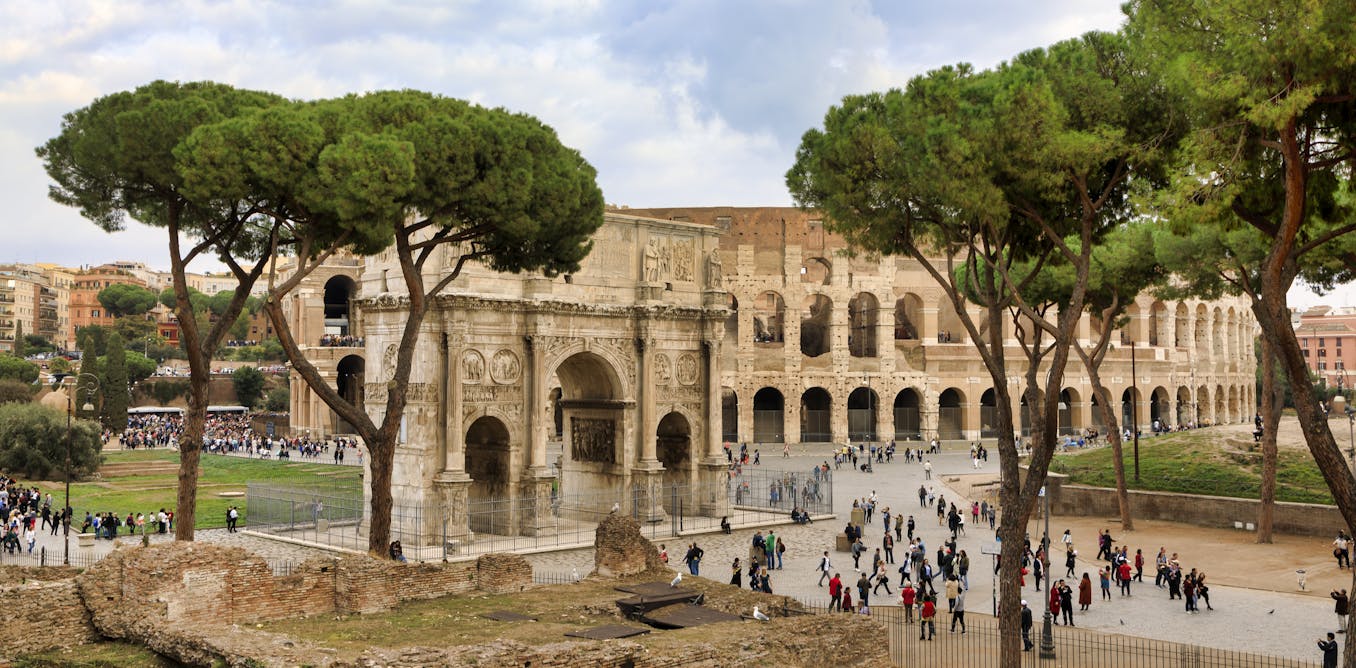Civilizations have recognized the power of cities to heat themselves up and cool themselves for centuries. City architects in ancient Rome called for narrowing streets to lessen late afternoon temperatures. Narrow streets were found to cool the air by limiting the area exposed to direct sunlight.
The whitewashed architecture of the Greek Isles demonstrates another long-practiced strategy. Light-colored walls and roofs can help cool cities by reflecting incoming sunlight.
How cities heat themselves up
Cities elevate their temperature in four key ways:
-
Developers cut down trees to make space for buildings and cars. When tree canopies disappear, that lessens shading and the release of cooling water vapor from leaves via transpiration.
-
Urban construction then amplifies the heat. Asphalt, concrete and dark roofing materials all absorb heat from the Sun and heat up the environment around them.
-
Absorbed solar energy is compounded by copious amounts of waste heat emitted from industrial processes, vehicle tailpipes and building air conditioning systems.
-
In zones of the city occupied by tall buildings, radiant energy released from streets and parking lots is trapped in the concrete canyons, further elevating temperatures.
Simple steps for cooling cities down
Understanding the extent to which cities can heat themselves up offers powerful tools for cooling them down as human-driven global warming raises the baseline temperature.


